Smart Irrigation Technology: Controllers and Sensors
Introduction
Rainfall in Oklahoma is variable across the state and fluctuates by year. During dry periods, irrigation may be needed to preserve landscape quality. Over- or under-irrigating a landscape can possibly increase disease incidence, waste water and decrease overall landscape condition. Irrigation system efficiency is dependent upon several factors including design, installation and specific site conditions. Water applied to a landscape can account for a significant portion of a property’s water use. In Oklahoma, outdoor water use accounts for approximately 30 percent to 50 percent of household water use. A substantial amount of water is lost to evaporation, wind and runoff as a consequence of improper watering methods. Reducing or eliminating this loss decreases utility bills and creates a more water efficient, healthy landscape.
Outdoor water savings can be achieved using smart irrigation technologies. Smart irrigation controllers and sensors have been developed to reduce outdoor water use by irrigating based on plant water need compared to traditional automatic system timers, which irrigate on a user-determined fixed schedule. This technology exists as a complete controller or as a sensor that can be added to an existing irrigation timer to create a smart controller. Smart irrigation technology uses weather data or soil moisture data to determine the irrigation need of the landscape. Smart irrigation technology includes:
These products maximize irrigation efficiency by reducing water waste, while maintaining plant health and quality. Incorporating smart irrigation technology in the landscape can potentially reduce outdoor water consumption. This technology is appropriate for small, residential landscapes as well as large, managed landscapes. The following sections describe how each product functions and the advantages and disadvantages of each product. Irrigation managers and homeowners should be aware that smart irrigation technology will need to be periodically adjusted and maintained for maximum water savings.
Smart Irrigation Technology: New Controllers
There is a broad spectrum of smart irrigation technology that consumers can benefit from utilizing. Choosing the correct technology for the situation is essential to achieve potential water savings. Watering restrictions exist in some areas of Oklahoma, so the irrigation timer may be adjusted for allowed watering days. Irrigation controllers can be separated into two main categories: Climate based controllers and soil moisture based controllers.
Climate-Based Controllers
Climate-based controllers also referred to as evapotranspiration (ET) controllers use local weather data to adjust irrigation schedules (Figure 1). Evapotranspiration is the combination of evaporation from the soil surface and transpiration by plant materials. These climate-based controllers gather local weather information and make irrigation run-time adjustments so the landscape only receives the appropriate amount of water.
There are three basic types of ET controllers:
- Signal-based controllers use meteorological data from a publicly available source and the ET value is calculated for a grass surface at the site. The ET data is then sent to the controller by a wireless connection.
- Historic ET controllers use a pre-programmed water use curve, based on historic water use in different regions. The curve can be adjusted for temperature and solar radiation.
- On-site weather measurement controllers use weather data collected on-site to calculate
continuous ET measurements and water accordingly.
Evapotranspiration controllers have been shown to reduce outdoor water use. In Las Vegas, Nev., homes with ET based controllers saw an average of 20 percent irrigation reduction compared to homes with homeowner-scheduled irrigation (Devitt et al., 2008). Additionally, a study conducted on St. Augustine turfgrass showed an average irrigation savings of 43 percent in the summer compared to homeowner-scheduled irrigation, with no reduction in turfgrass quality (Davis et al., 2009). The accuracy of ET controllers depends on the equation parameters. Most ET controllers cost between $250 and $900. Professional grade ET controllers range between $900 and $2,500.
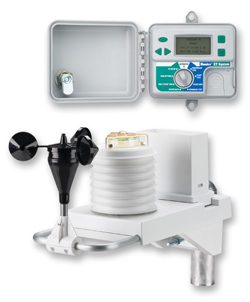
Figure 1. Evapotranspiration based controller. Photo courtesy of Rainbird.
Soil Moisture Sensor Controllers
The second type of smart irrigation controllers includes soil moisture sensor controllers (Figure 2). Instead of using weather data, soil moisture sensor controllers utilize a soil moisture sensor placed belowground in the root zone of lawns to determine water need. The soil moisture sensor estimates the soil volumetric water content. Volumetric water content represents the portion of the total volume of soil occupied by water. The controllers can be adjusted to open the valves and start irrigation once the volumetric water content reaches a user-defined threshold. The appropriate threshold value depends on soil and vegetation type and usually ranges from about 10 percent to 40 percent. Soil moisture sensors must be installed in a representative area of the turf; far enough from sprinkler heads, tree roots, sidewalks and walls (Figure 3).
Similar to ET controllers, soil moisture controllers have been shown to reduce irrigation, while maintaining turfgrass quality. Compared to homeowner irrigation schedules, soil moisture controllers had an average 72 percent irrigation savings and a 34 percent water savings during drought conditions (Cardenas-Laihacer et al., 2010; Cardenas-Laihacer et al., 2008). In some cases, studies have shown smart controllers will increase water use at sites that typically use less than the theoretical irrigation requirement (Mayer and Deoreo, 2010). Typically, soil moisture sensor controllers range from $280 to $1,800. Difference in pricing depends on product manufacturer and end user, either residential or commercial customers.
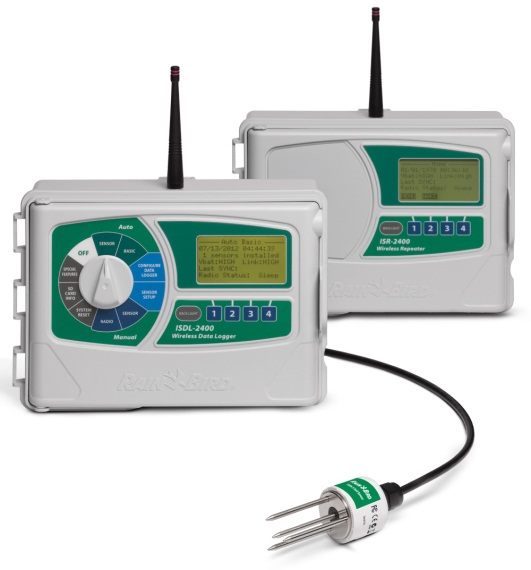
Figure 2. Example of a soil moisture controller.
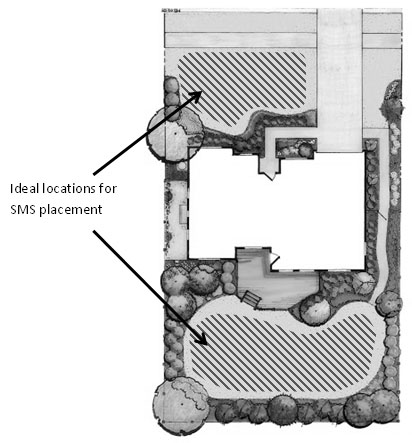
Figure 3. Ideal locations for soil moisture sensor placement.
Smart Irrigation Technology: Add-on Sensors
In many cases, a scheduling irrigation controller is already in use on a property and upgrading to a smart controller is impractical. To increase efficiency of automatic irrigation systems a soil moisture, rain, wind or freeze sensor can be added to upgrade the existing system. Some manufacturers produce devices capable of measuring multiple environmental elements using one apparatus. Many sensors are compatible with existing systems, easy to install and produce similar results to smart irrigation controllers. The add-on sensors are generally more affordable than smart irrigation controllers, assuming a compatible irrigation timer is already installed on site.
Soil Moisture Sensors
Soil moisture sensors can be connected to an existing irrigation system controller. The sensor measures the soil moisture content in the root zone before a scheduled irrigation event and bypasses the cycle if the soil moisture is above a specific threshold. Different types of soil moisture sensors are available and the consumer should ensure system compatibility before purchasing a sensor. Some soil moisture sensors include a soil freeze sensor that will interrupt the irrigation cycle if temperatures fall below 32 F. Soil moisture sensors are available as wired or wireless systems. Typical cost for a soil moisture sensor can range from $99 to $165.
Rain and Freeze Sensors
Although these sensors are not considered smart technology, rain and freeze sensors interrupt the irrigation cycle during a rain or freeze event when irrigation is unnecessary. Watering during the rain wastes water, money and causes unnecessary runoff. Three different types of rain sensors are available and each function is based on separate concepts.
- The original type of rain sensor still in use today works with a small cup or basin that collects water, once a pre-determined amount is collected, the weight of the cup interrupts the irrigation cycle (Figure 4). Debris in the cup can also interrupt the irrigation cycle and should be checked and cleared of litter periodically.
- The second type of rain sensor uses a dish with two electrodes that are a specific distance from the bottom of the cup. The distance can be adjusted to allow for small rain events and similar to the first type of rain sensor, debris can reduce accuracy by displacing water in the cup. When the water reaches the electrodes, the irrigation cycle is interrupted.
- The third type of rain sensor does not have a rain catch cup, which makes it low maintenance
and reliable. Instead, the sensor uses several disks that expand as they get wet
(Figure 5). The expanded disks trigger the switch and interrupt the cycle. The system
will resume the scheduled cycles once the disks dry out. The disks should be checked
at least once a year to determine if they need to be replaced. All of the devices
should be mounted in an open area where they will receive rainfall.
Potential water savings depends on the amount of rainfall in any given year. During years with average to above average rainfall, water savings are more significant than during dry years. Rain sensors have shown payback periods of less than a year, but should be monitored for optimum performance (Cardenas-Laihacar and Dukes, 2008).
As an example, if a homeowner’s irrigation system waters a ¼-acre yard and applies 1 inch of water each irrigation cycle, then each cycle applies 6,789 gallons of water. If water costs $5.00 per 1,000 gallons, the monetary savings will be $33.95 each time the irrigation cycle is interrupted during a rainfall event. Considering each rainfall event, the homeowner could expect substantial water and money savings. Most wireless rain sensors are more expensive and range from $120 to $200, while wired rain sensors cost approximately $30 to $50.
Freeze sensors interrupt an irrigation cycle when air temperatures fall below 32 F. Eliminating irrigation during freezing temperatures can potentially extend irrigation system life and prevent sidewalks and streets from icing over, causing dangerous situations. Many rain sensors include a freeze sensor and homeowners should account for sensor capability when considering price.
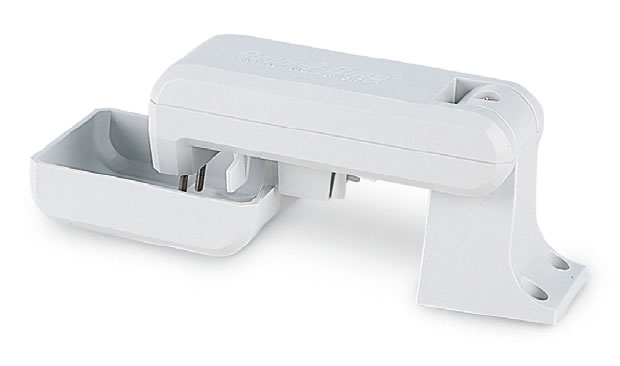
Figure 4. Rain sensor with a small basin to collect rainfall.
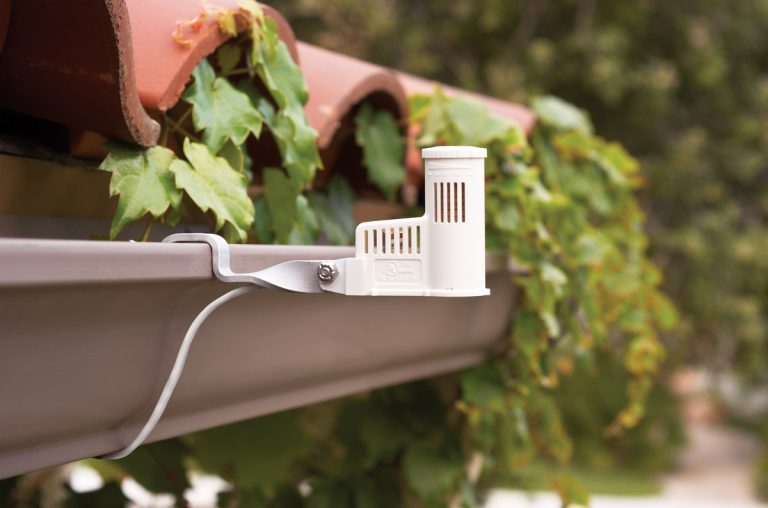
Figure 5. Rain sensor attached to a gutter (top) and the inside of an expanding disc rain sensor (bottom). Photos courtesy of Hunter Industries.

Wind Sensors
Oklahoma has an average wind speed of 16 miles per hour (mph) with wind gusts from 20 mph to 30 mph. Watering during windy conditions reduces irrigation distribution uniformity across the landscape and decreases the amount of water infiltrating into the soil profile (Figure 6). Wind sensors interrupt the irrigation cycle if wind speed exceeds a specific threshold (Figure 7).
Smart irrigation technology may help reduce water waste, while also providing a healthy, attractive landscape. Irrigation system owners should provide regular maintenance and ensure the irrigation system is only watering the landscape when needed. Many wind sensors are around $80 to $100 dollars or are packaged with other sensors.
The Environmental Protection Agency (EPA) has created performance criteria for irrigation technology manufacturers under the WaterSense program. For more information go to: www.epa.gov/watersense/. Often, it depends on consumer preference when deciding which irrigation controller or add-on sensor is appropriate for the end user. Many local irrigation distributors have smart irrigation technology available for customers.
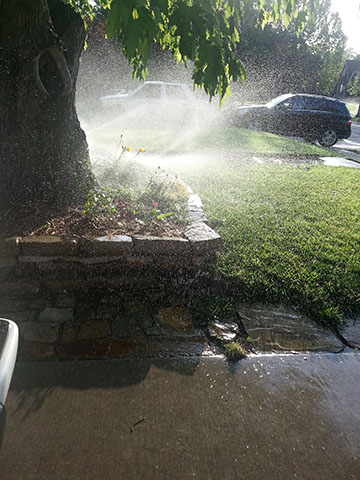
Figure 6. Irrigating during windy conditions wastes water and reduces system efficiency.
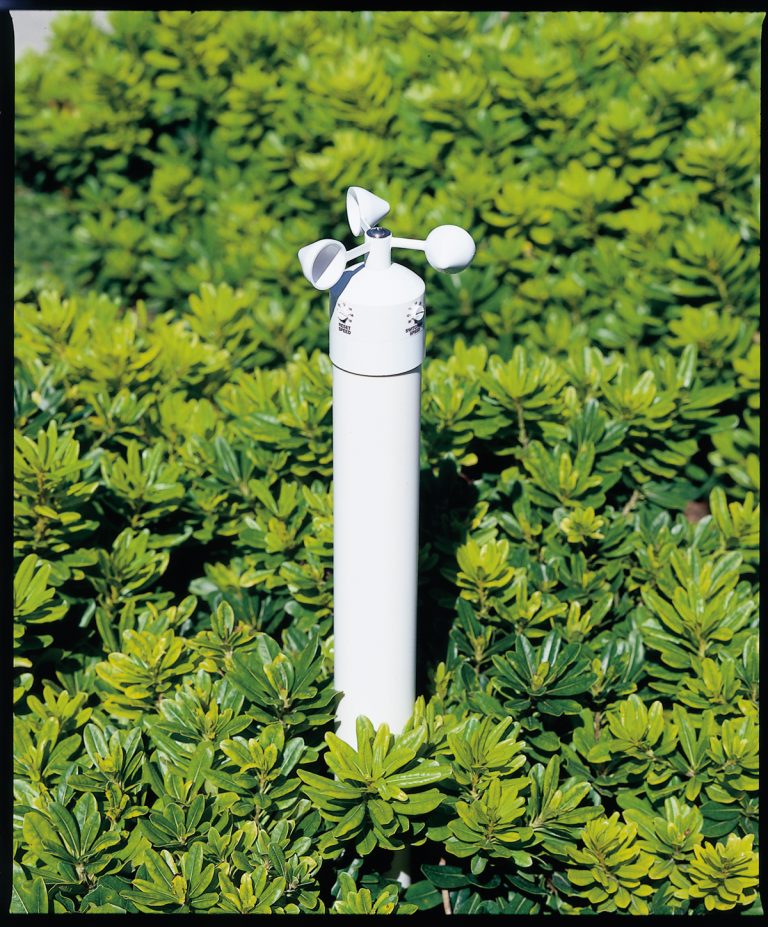
Figure 7. Example wind sensor for use in the landscape. Photo courtesy of Hunter Industries.
References
Cardenas-Lailhacar, B., M. D. Dukes, and G. L. Miller. 2008. Sensor-based automation of irrigation on bermudagrass, during wet weather conditions. Journal of Irrigation and Drainage Engineering. 134(2): 120-128.
Cardenas-Lailhacar, B. and M. D. Dukes. 2008. Expanding disk rain sensor performance and potential savings. Journal of Irrigation and Drainage Engineering. 134(1):67-73.
Cardenas-Lailhacar, B., M. D. Dukes, and G. L. Miller. 2010. Sensor-based automation of irrigation on bermudagrass, during dry weather conditions. Journal of Irrigation and Drainage Engineering. 136(3): 184-193.
Davis, S. L., M. D. Dukes, and G. L. Miller. 2009. Landscape irrigation by evapotranspiration-based controllers under dry conditions in southwest Florida. Agriculture Water Mgmt. 96(12): 1828-1836.
Devitt, D. A., K. Carstensen, and R. L. Morris. 2008. Residential water savings associated with satellite-based ET irrigation controllers. Journal of Irrigation and Drainage Engineering. 134(1): 74-82.
Mayer, P.W. and Deoreo, W.B. 2010. Improving urban irrigation efficiency by using weather-based “smart” controllers. American Water Works Association. 102(2):86.
Malarie Gotcher
Extension Associate
Saleh Taghvaeian
Irrigation Extension Specialist
Justin Quetone Moss
Turfgrass Research and Extension

